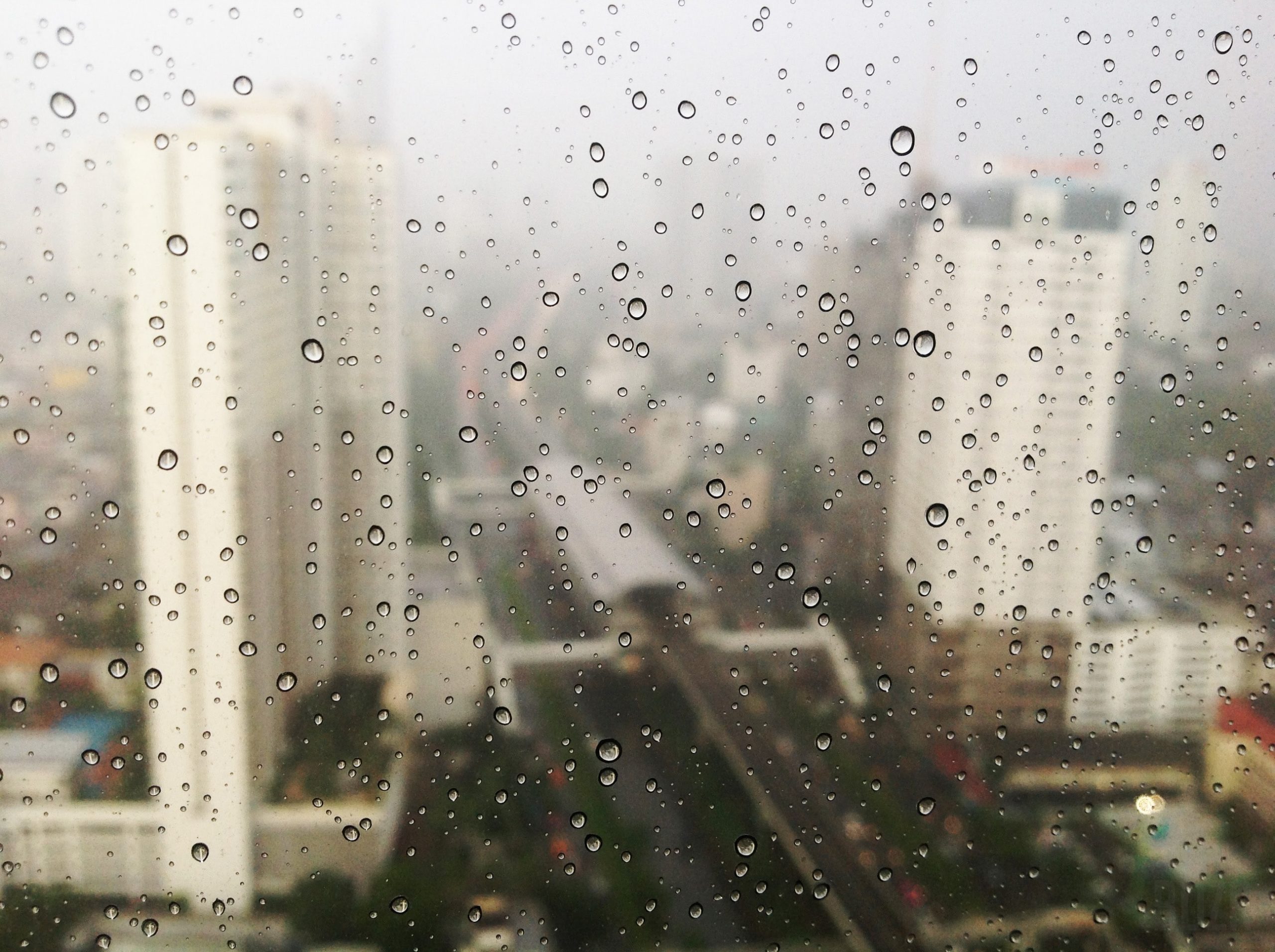Often, the transition from summer to fall to winter means lower-than-average humidity levels. While this may be preferable for some, others may find the low humidity inside their home negatively affects certain aspects of their lives. In some circumstances, these individuals may want to go about raising the humidity within their homes to make a more comfortable living environment. We’ve compiled a list of how to do so, why you may want to consider it, and how 1st Call can help.
Low Humidity
Lower humidity means drier air. Drier air can lead to dry, flaky skin, dry, malnourished hair, and more. It can aggravate respiratory problems, and may even contribute to you catching a cold or flu easier. If you notice that you have been experiencing a dry nose or throat, sometimes combined with a dry cough, or your skin is not staying moisturized as well, it may be time to look at ways to raise the humidity in your house.
Benefits of Higher Humidity
Studies have shown that humidity levels should be somewhere between 30-50% within your home, regardless of where you live. Having the humidity at such a level can help alleviate the issues discussed above, such as restoring moisture to your skin and hair, and reducing the number of breathing problems you have.
In addition, humidity at these levels can actually help to prevent mold, mildew, and bacteria from growing, and can even reduce dust mite populations. If you have hardwood floors, you may even see that raising the humidity and keeping it at a consistent level will lengthen the lifetime as well.
How to Raise Humidity
Now that we’ve seen what low humidity can do and what benefits come from higher humidity, let’s check out some ways you can go about raising the humidity levels in your home.
Humidifier
The simplest solution may be to invest in a humidifier. While this may work for individual rooms, it might not be the best, or the most cost-efficient solution if you are trying to add humidity to the whole house.
Air Drying
Letting your clothes and/or dishes air dry instead of using a dryer or the heat dry can assist in adding humidity to your home. The moisture of the laundry and dishes is dispersed into the air. This can help in areas around your kitchen and laundry room but is still fairly limited to just those parts of the house.
Bowls of Water
Placing bowls of water on your window sills in the summer, or on top of your heating vents in the winter is a good way to spread humidity all around your home. The heat from the sun or the heater evaporates the water into the air, and you can place bowls wherever more humidity is needed.
Showers and Baths
If you take hot showers, leaving the door open can help vent that steamy air into the rest of your home. If you take baths, letting the water sit and cool down before draining can do the same thing.
Plants
Getting houseplants can improve more than just the appearance of your home. Plants are constantly releasing moisture from their leaves and stems, so adding some around your home, and keeping them watered and well taken care of, can actually improve the humidity levels and the air quality within your home as well.

As you can see, there are many benefits to raising the humidity within your house, and many ways to go about it as well. If you have questions, need HVAC maintenance, or have found yourself searching for “HVAC Services Near Me,” contact our team of experts at 1st Call today!




